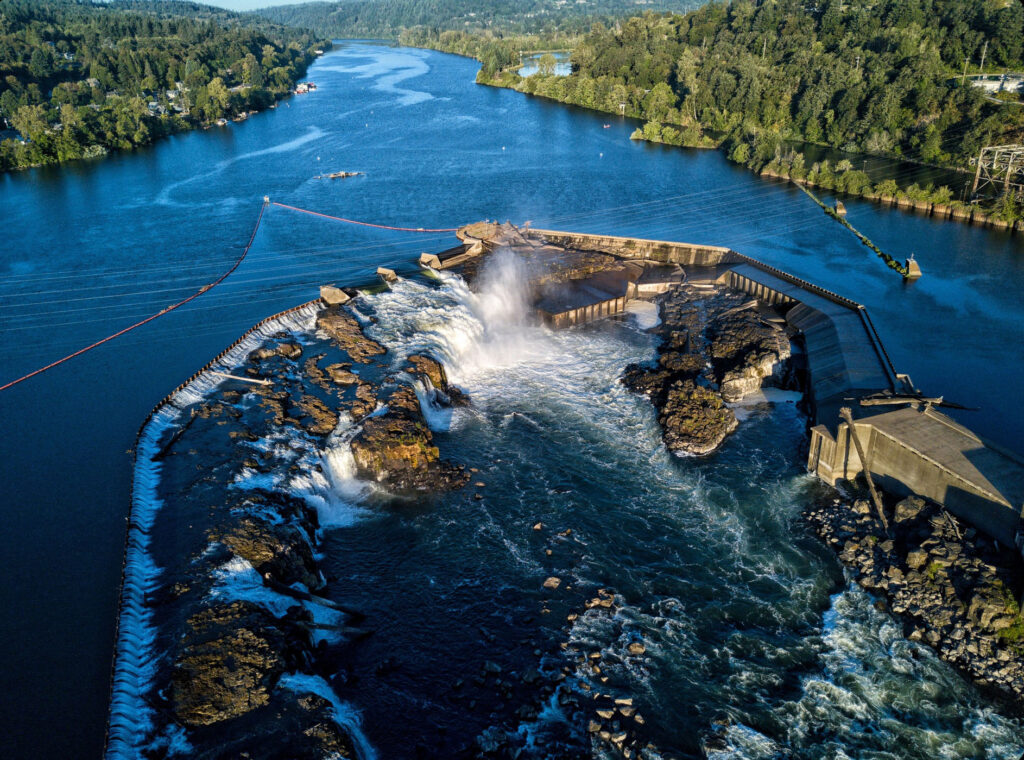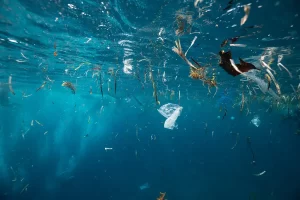
US-European Satellite Will Make World’s First Global Freshwater Survey
Water is life, but for all its interests, humanity has a very limited view of the earth’s freshwater body. Researchers have reliable measurement of water levels only for a few thousand lakes worldwide, and a little or no data about some important river systems of this planet. The upcoming Surface Water and Ocean Topography (SWOT) satellites will fill the enormous gap. By helping to provide a better understanding of the earth’s water cycle, both will help in the management of better water resources and expand knowledge about how climate change affects the lake, river and reservoir.
Collaboration between NASA and French Space D’H études Spatial (CNES) Center, with contributions from the Canadian Space Agency and the British Space Agency, SWOT is scheduled to be launched in November from the Vandenberg Space Base in California. Engineers and technicians are completing work on satellites in facilities run by Thales Alenia Space in Cannes, France.
SWOT has several main tasks, including measuring the height of a water body on the surface of the earth. On the sea, satellites will be able to “see” features such as vortex less than 60 miles (100 kilometers) across – smaller than that can be observed by previous sea level satellites. SWOT will also measure more than 95% of Lake Earth which is greater than 15 hectares (6 hectares) and the river is wider than 330 feet (100 meters).
“The current database may have information about several thousand lakes worldwide,” said Tamlin Pavelsky, the leader of NASA freshwater science for SWOT, based at the University of North Carolina, Chapel Hill. “SWOT will push that number to be between 2 million and 6 million.”
Along with measuring the water level – whether it is in the lake, river, or reservoir – SWOT will also measure its area, or surface area. Important information will allow scientists to calculate how much water moves through freshwater objects. “After you get the volume of water, you can assess the water budget better, or how much water flows in and out of an area,” said Lee-Lueng Fu, a SWOT project scientist in the Jet Nasa Propulsion Laboratory in South California, which manages A.S. mission section
This is important because climate change accelerates the earth’s water cycle. A warmer temperature means the atmosphere can hold more water (in the form of water vapor), which can cause, for example, rainstorms become stronger than usually seen by an area. This, in turn, can bring disaster on agriculture, damaging plants. Faster changes can make managing community water resources more difficult.
“When the earth’s water cycle increases, predicting extreme events in the future such as floods and drought requires good monitoring of water supply from sea and water demand and land use. Global SWOT view on all surface water on earth will give us that, “said Nadya Vinogradova Shiffer, a SWOT program scientist at NASA headquarters in Washington.
Larger and better imagesa
SWOT will provide data that changes the game using a new instrument called the Radar Ka-Band (Karin) interferometer, which bounces the radar pulse from the water surface and receives a return signal with two antennas simultaneously. The antenna is 33 feet (10 meters) separately on the boom, allowing researchers to gather information along about 75 miles (as wide as 120 kilometers) from the surface of the earth-surface wider than satellite predecessors.
The engineering needed for this system is complicated because such a large antenna boom requires extraordinary stability, and because researchers need a very appropriate calculation to produce a sea measurement and the Earth’s freshwater body. “The basic idea of SWOT originated from the late 1990s, but turning the concept into reality – all the techniques – needed a lot of time and effort,” Pavelsky said.





